As a practicing urban designer and landscape architect working mostly in Australian cities and towns since the mid-1970s I have seen quite a lot of change both in our towns and cities and the use of technology to design, deliver and manage landscapes and the environment generally. Technology has advanced and cities and towns have become more complex but design and management processes still require experience, professional expertise and good personal and team decision-making. While selecting and using new technology well is very important, its complexity must not cloud the clarity of thinking that is critical to achieve good outcomes.
The following list is a snapshot of some of the technology that is currently used by a wide range of people to enhance or manage landscapes in our cities.
GIS data for planning and landscape design
In the past, sites or places were analyzed by observation and hand mapping and this is still important. Nowadays we can call on a host of data, photos, maps and even 3D modelling to understand a site or issue.
Most local governments have GIS (Geographic Information System) that includes property information, levels and assets that councils are responsible for including roads, services, above and below ground buildings, footpaths and street furniture as well as street and park trees.
Property boundaries are always available and this is used for planning and rate assessment. There is also information available about planning zones, land use and policies on many matters including master plans for future public and private development. This sounds great but it is not always convenient or well managed.
There are so many places to find information but when you do find it, it may not be up-to-date, available or in a form you need.
A good example is street trees. Many Councils (the local level of government in Australia) believe they are obliged to manage their street trees for the risk they present to people and property from root damage or falling branches. However, they are also a valuable asset that really needs to be recorded along with other assets like buildings and roads. Councils often employ expert contractors using GPS (Global Positioning System), to capture data about trees including their location, species, size, health as well as risk and maintenance requirements. This can be used to programme pruning or even tree replacement. The work is then usually done or managed by council staff who often lack computer skills or time to update the data when changes are made. The system can quickly lose its value as data and within a short period it can become almost useless. Ideally, landscape assets should be totally integrated with other data sets like roads and footpaths but typically one set resides with a parks department and another with an engineering department, so the power of the relationships between data sets is often not fully exploited.
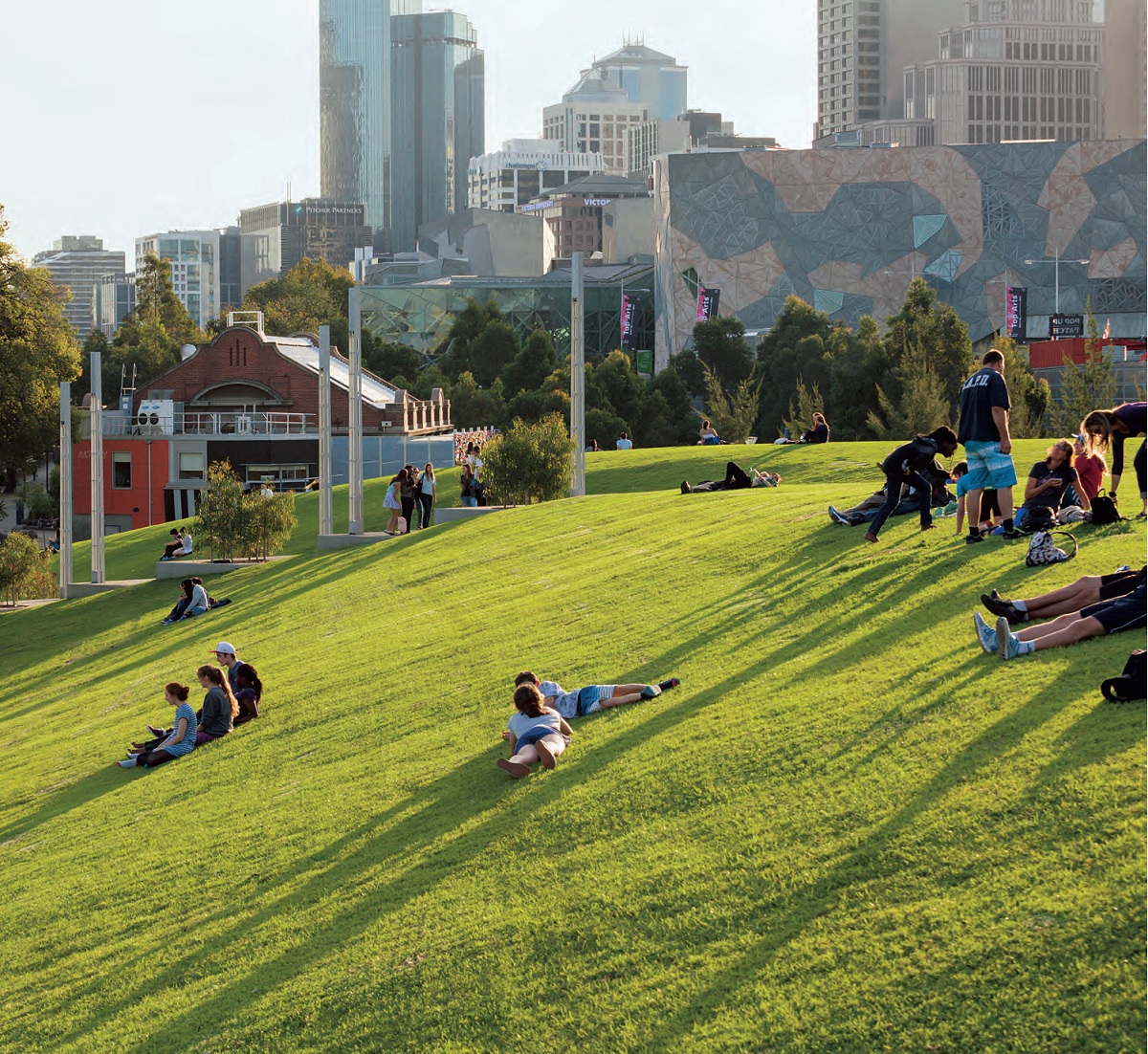
Photo: Drew Echberg
This type of digital data has been decades in development and progress is being made but it is expensive and not always efficiently implemented or managed, meaning the potential of this technology is still largely unrealized. The next step with street trees is to allow residents online access to all data about trees on their street and a chance to comment on species selection for infill and replacement as well as staying informed about any maintenance works.
In Australia it is often the state level organizations that keep data in a comprehensive manner and they often make it available online. This is the type of information they’d have:
• Planning schemes including maps of zones and overlays are accessible to all.
• Information on topography, geology and soils may be available from numerous sources.
• Natural vegetation and habitat values are important in Australia and this information is available for rural areas and within cities and towns where it can be used as part of planning approval processes and programmes to protect or repair natural vegetation.
Flood management
Water catchment management authorities have responsibility for all cities and towns and the landscape they occupy in terms of managing water supply and planning for flooding. They now have extremely accurate survey information as well as sophisticated models for predicting flooding events especially in and around towns where there is potentially high risk to people and property in major storm events. Australia is a dry, flat continent but it can experience severe storms and floods particularly in the tropical north. Climate change will greatly exacerbate this problem. Many rural towns are close to rivers or streams in vast flood plains; surrounding levy banks designed to withstand 100-year event flood levels protect them.

Urban heat
This issue is an increasing hazard in some Australian cities and planning for more hot days per year is a matter that is starting to cause designers’ concern. Big cities are typically a few degrees warmer at their centre than in the surrounding countryside because of the hard pavements and energy outputs. Heat sensing photography of public spaces can capture the local differences between bitumen pavements and areas shaded by trees or lawns and shrubs.
Infrared mapping of the tree canopy cover has been recently undertaken in a large proportion of urban Australian local government areas to understand the relative tree canopy across these areas. This mapping and analysis were done by the University of Technology Sydney’s Institute for Sustainable Futures and supported by the horticultural industry who are running a campaign called ‘202020 Vision’ which aims to get 20% tree canopy cover in all Australian cities by 2020. Achieving such a goal is a very real challenge in established areas because trees need time, care, space and water to develop.
Apart from cooling the city with more green spaces and street trees, the larger city councils of Sydney and Melbourne have brought out policies to encourage green walls and green roofs on existing and new buildings of all types. This concept is partly about cooling the city and energy efficiency of buildings. It is also about having a marketing edge and bringing people in close touch with nature. Providing green roofs and walls in the Australian climate is a great technical challenge because of the need to irrigate and maintain plants through our hot dry summer periods.
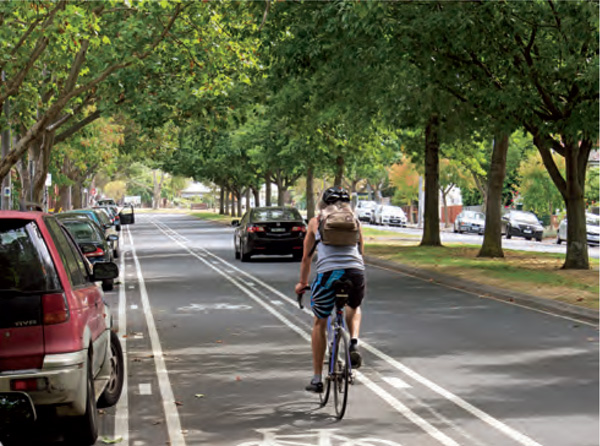 |  |
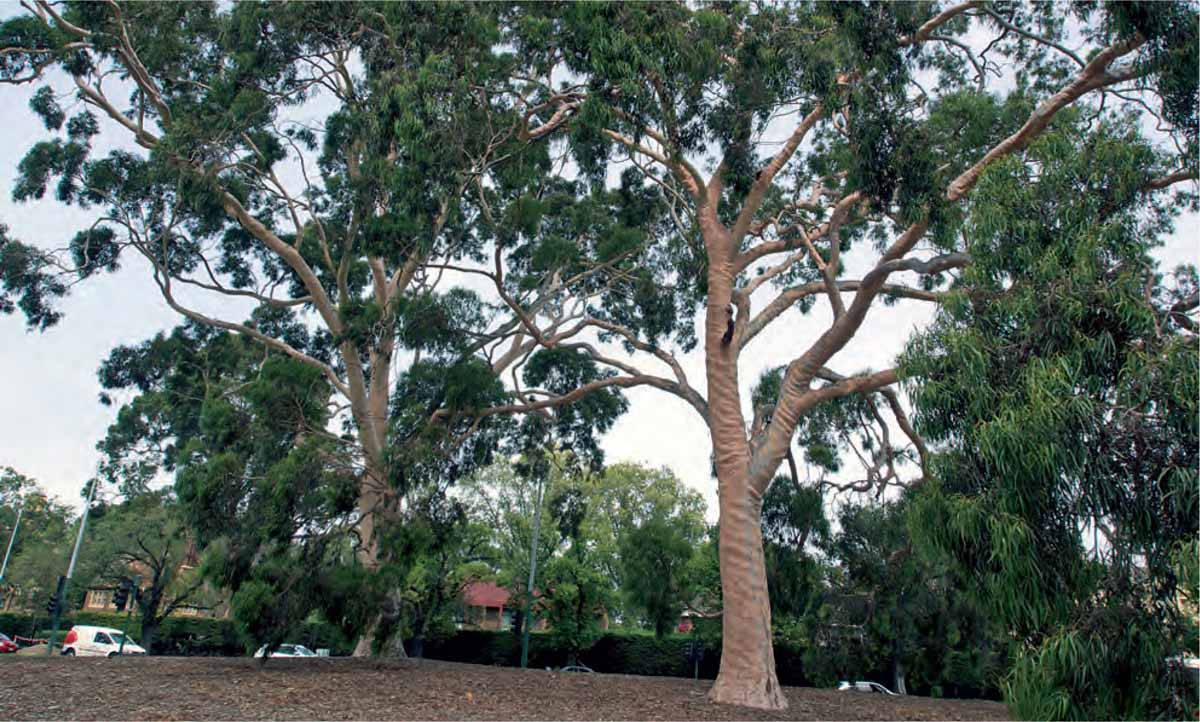 | |
Technology and city open spaces
Open space in cities is now recognized as a precious resource where new technologies can assist its careful monitoring and management. Water harvesting treatment and irrigation systems for parks in urbanized areas are becoming increasingly complex to ensure that the landscape remains healthy while the available water resource is efficiently used.
A new area is the use of apps on mobile phones to provide all kinds of information about parks such as community events, interpretive information on history and natural systems. ‘Trust Trees’ is an example. Victoria’s National Trust is a community conservation organization which has kept a register of significant trees in the state since 1981. Now you can access this data through your phone to find the location of any tree or to see where the closest trees are to your present position.
Systems for recording information on man-made aspects of the city
Monitoring of cars and other road transport and, more recently, pedestrian and cycle movement are all standard techniques used to plan and manage the road system. Automatic cameras detect speeding and other traffic infringements and often watch the streets for crime. Automatic toll roads collect information from sensors in cars. Traffic engineers are now raising the prospect of congestion charging on city road systems to both raise revenue and help even out demand. Higher charges would apply in peak times to discourage non-essential traffic.
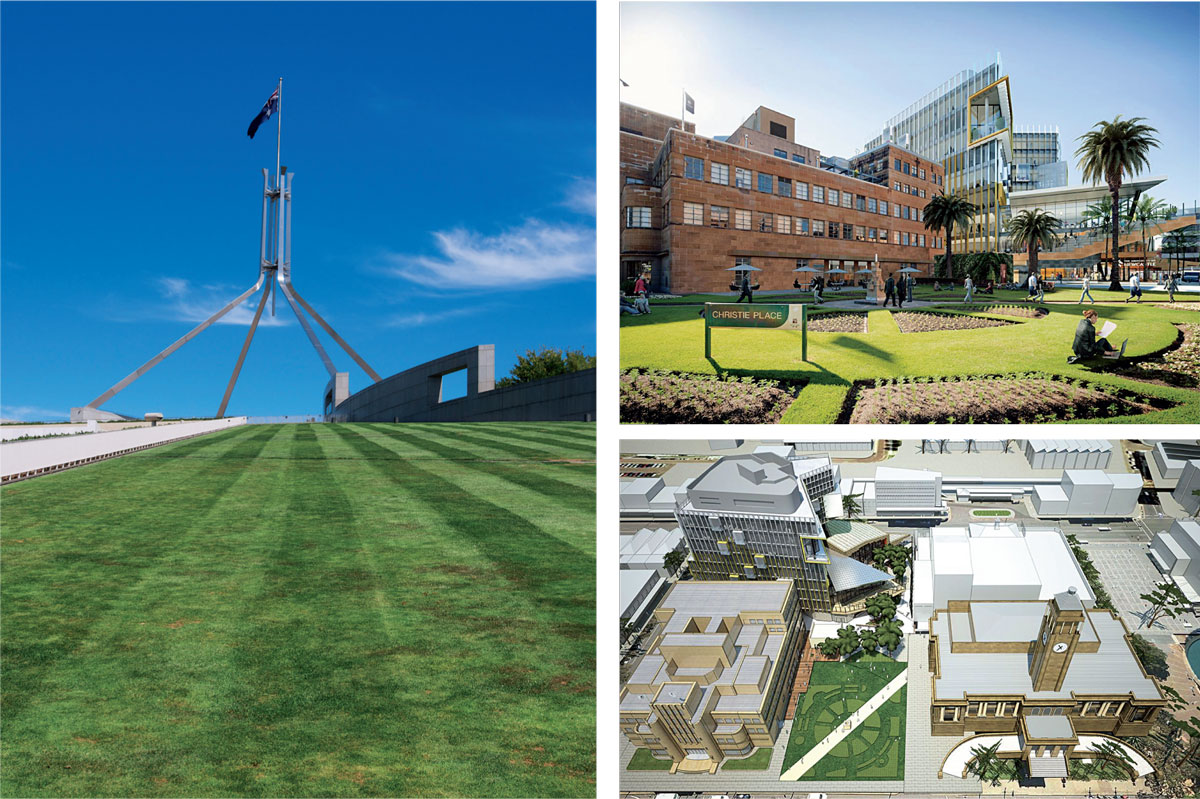
Top Right: 3D simulation combined with photograph of NeW Space building at the University of Newcastle. Lyons Architecture
Botom Right: 3D simulation of NeW Space building in its campus setting
Visualization
Computer technology has enabled large areas of the city to be modelled in 3D. The government, universities and private companies have all been involved with this work in Australia for around 15 years, yet its potential for communicating what is planned and possible is not being met. This seems to be partly because both government and private systems come and go too regularly for them to fully develop. They tend to be primarily used for the purpose of selling a project so views are selective and full of happy, smiling, young people. Within the government, where models are used to evaluate development proposals, they are secretive processes rather than public processes. With so much data now available there seems no reason why we couldn’t use it to view alternative futures in the manner of computer games like Sim City. This could be valuable to the designer and powerful for the public in democracies if they could comment or vote on alternative improvement scenarios for changes in parts of their city.
Technology in the design office
Reflecting on technological change in my office over the last 30 years it is staggering in many ways while in other ways the thinking and essential daily tasks remain much the same.
Even productivity is little changed by technology because each advance comes at a cost in terms of time and complexity.
We still produce drawings and reports, we still go to meetings, consult the users or public and have systems for keeping records of our work and financial matters.
In the first part of the 1980s, most of this work was done with pens, pencils and paper and drawings and typed letters were sent by mail. The second half of the 1980s was the beginning of the computer era with our first Mac Plus and a laser printer. What a revolution but it was many years until we used CAD to replace hand drawings.
Photography and desktop publishing are another area of great change from black and white photography on film cameras and text carefully produced on a typewriter in the office of the 1970s to the use of digital images and Adobe software today.
Young designers will find it difficult to imagine a world without the Internet, Skype, computer networks, emails, CAD and 3D modelling. All these technologies both assist and complicate what we do.

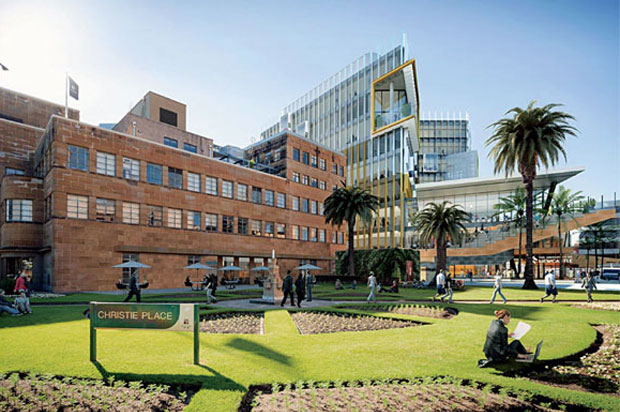

Comments (0)